Cutting and Spreading
Cutting and spreading pattern pieces is done to increase width or add fullness to the garment, as in the following examples:
- Increasing width and/or length on a pattern piece by cutting the pattern and moving the pieces apart. This is for making changes to commercial patterns, and is the opposite of Cutting & Lapping.
- Adding fullness for design purposes.
- Moving a dart.
Example 1: Adding length in a Pattern Piece
Image 1 This is an alteration done on the Bodice Front to add length between the bust and the waist. The pattern piece is cut from the CF to the side seam, and the bottom piece is moved down the required amount. When making alterations like this to commercial patterns, you need to keep in mind the effect that the change will have on the adjoining pattern pieces. In this case, you would need to make a similar change to the Back Bodice Block. If you don't you won't have enough length in the Back, and the side seams lengths will not match. If you are using a cardboard block, you can trace out the new outline. If you are using a paper pattern, you place paper between the pieces and tape it together. In both cases you will need blend the side seam and the dart legs.
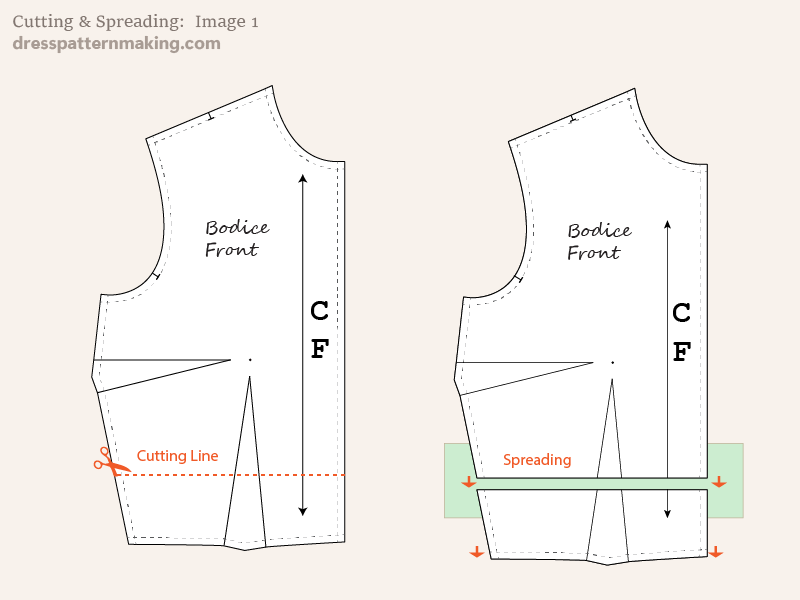
Example 2: Cutting and spreading for added fullness.
Image 2a: We are going to look at cutting and spreading for fullness with this design to the left. This flat shows gathers along one side of the dart, which require fullness to be added.
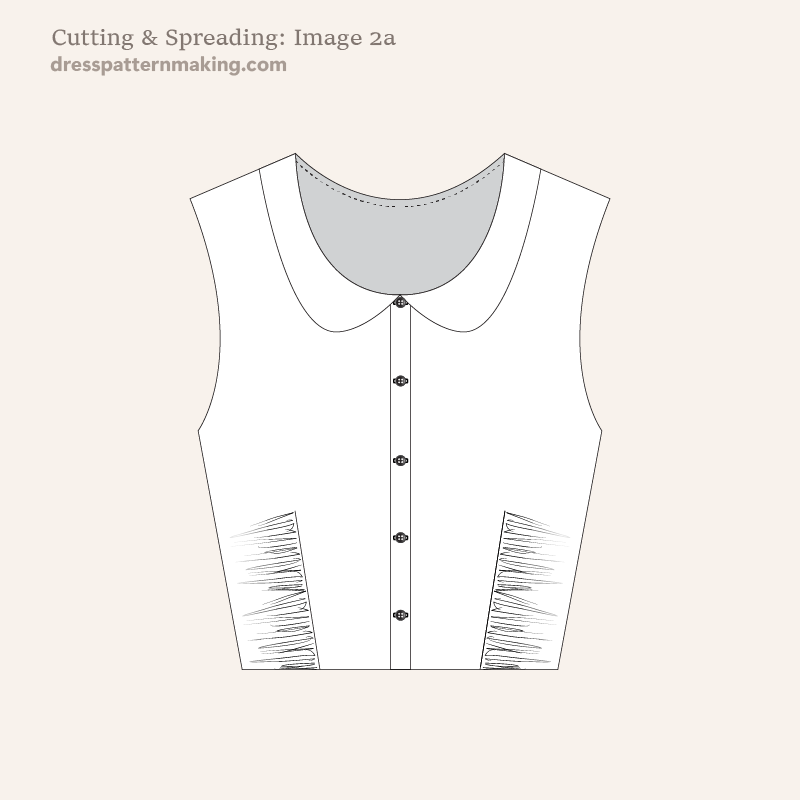
Image 2b: The design lines are drawn where the fullness is to be added.
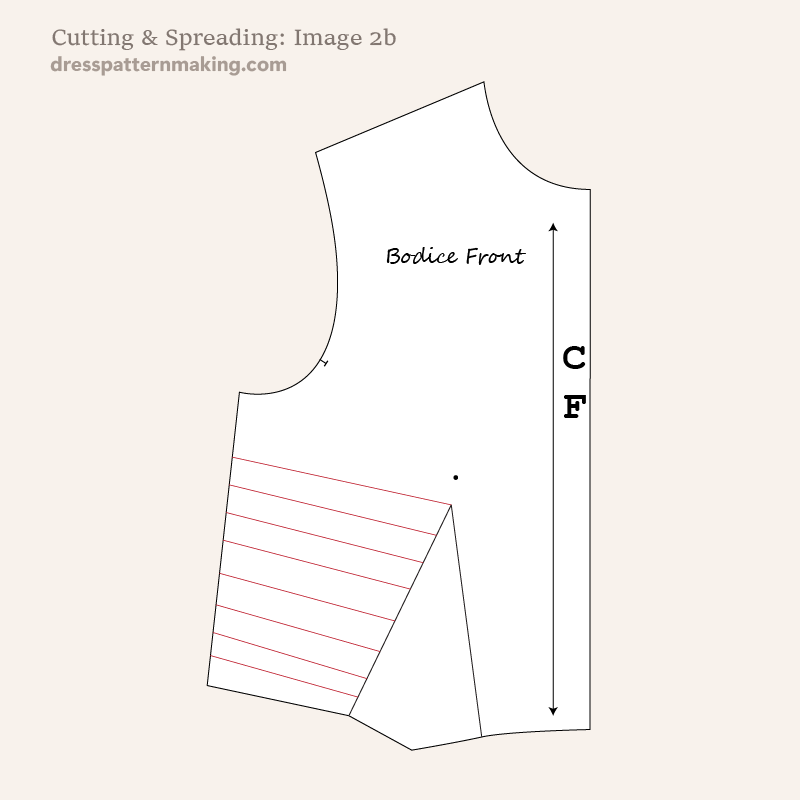
Image 2c: Cut out the dart, then cut along the red lines; don't cut through the side seam. Spread the required amount. In this case the amount it has been spread is fairly minimal; how much it will be spread will depend on the interpretation of the design. The yellow shading indicates a piece of paper put underneath. The cut pieces will need to be secured to the paper.
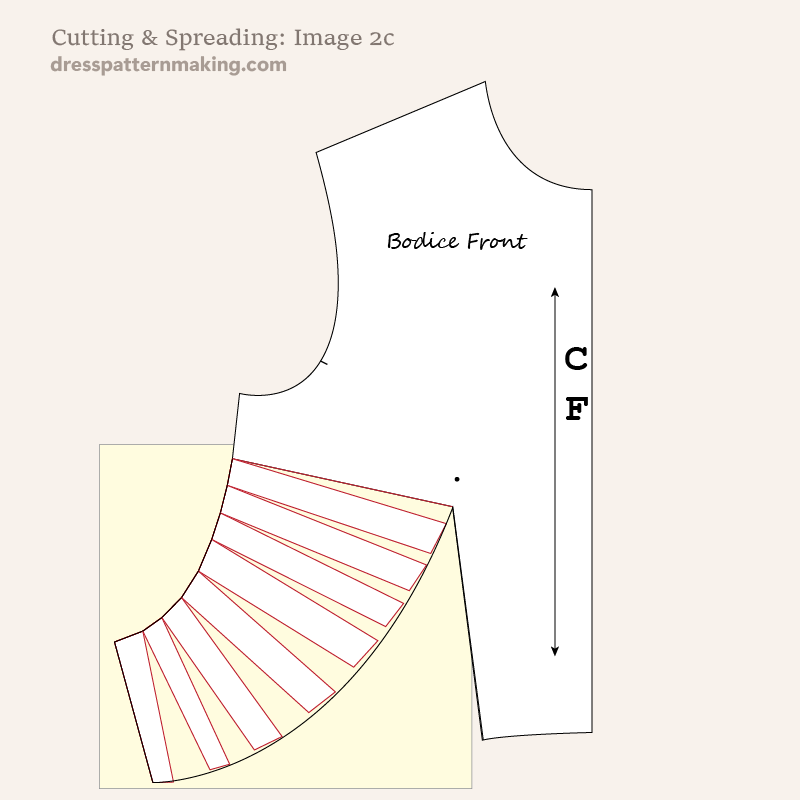
Example 3: Cutting and spreading to move a dart.
Image 3a: This is original block with two darts; one in the side seam, one in the waist. The green line is the new design line; the side seam dart will be moved to the shoulder by cutting and spreading, creating a new block with a waist dart and a shoulder dart.
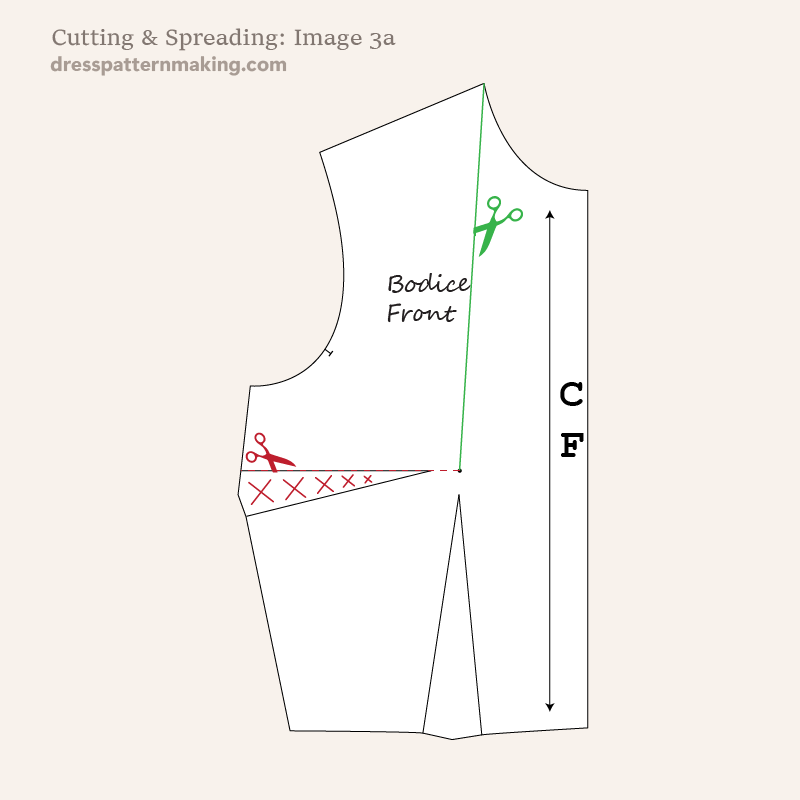
Image 3b: The original block is cut along the green line and the red line. I have pulled the two pieces apart here so it can be seen clearly, but you would preferably leave a little hinge at the bust point. (i.e. Cut from the shoulder point to the bust point, then cut from the outer dart leg towards the bust point but stop a tiny little bit short so there is still a tiny piece of paper keeping the pieces attached).
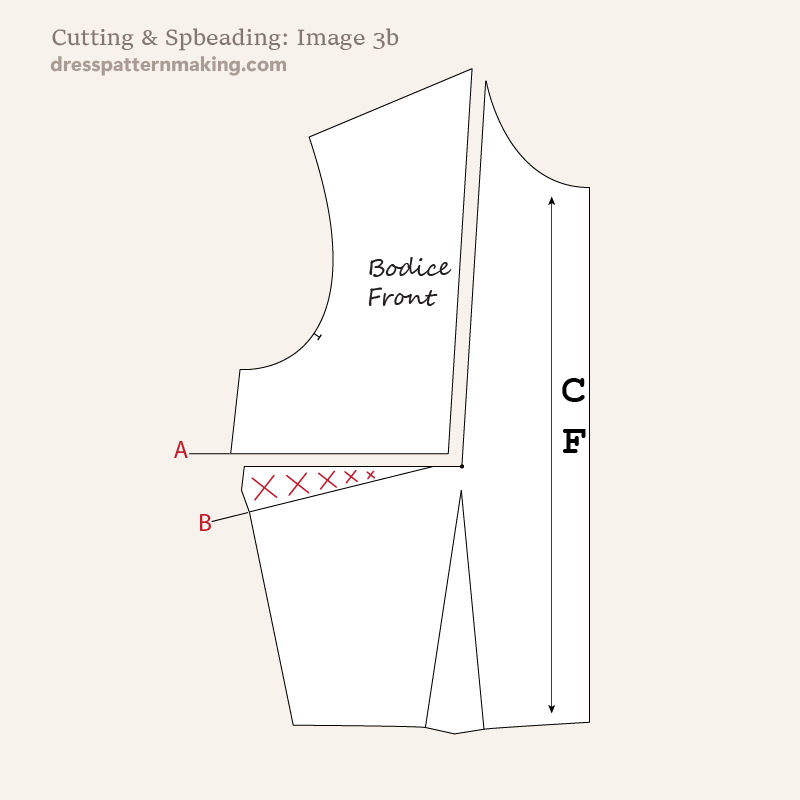
Image 3c: Pivot the cut piece at the Dart Point so that A and B meet (i.e. close the side seam dart).
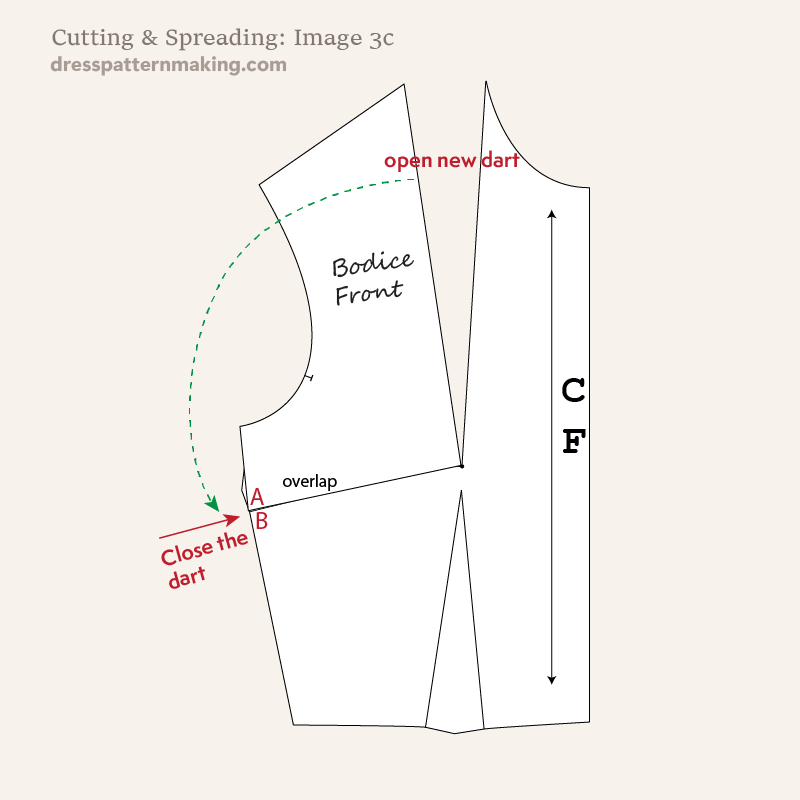
Image 3d: This is the final new block with a shoulder dart instead of a side seam dart. For more step-by-step instructions on how to pivot darts to different places on the bodice block to create different styles, see the Pivoting Darts section of the Principles Menu of this website.

